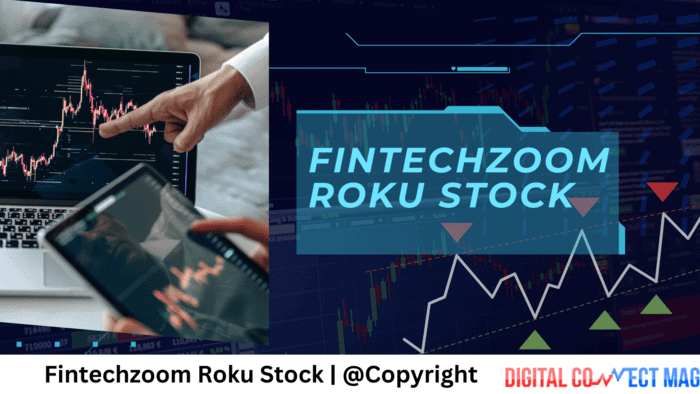Developing a community vision that fosters social progress requires thoughtful collaboration, strategic planning, and a forward-looking approach. A well-defined vision acts as a unifying guide, bringing individuals together around shared objectives and a collective purpose. Below are five essential steps to creating a compelling community vision that inspires action and drives meaningful change.
Engage Key Stakeholders from the Outset
The foundation of a successful community vision lies in inclusivity. Engaging a diverse range of stakeholders—such as community leaders, business owners, educators, activists, and other influential figures—ensures the vision represents a variety of perspectives. Such collaborative discussions build trust, strengthen consensus, and cultivate a sense of shared responsibility and accountability for achieving the community’s goals.
Identify Core Community Needs
A strong and impactful vision is built on a comprehensive understanding of the community’s most pressing needs, challenges, and opportunities. Stakeholders should prioritize gathering insights through surveys, focus groups, workshops, and data analysis to ensure the vision addresses meaningful issues. By focusing on key priorities—such as education gaps, resource inequities, infrastructure deficiencies, or sustainability objectives—leaders can target areas with the greatest potential for long-term change. A well-informed vision not only aligns with the community’s aspirations but also addresses foundational challenges to create lasting impact.
Articulate a Clear, Aspirational Goal
A community vision should be inspiring yet realistic. An aspirational goal outlines a compelling future while staying achievable through clear, actionable steps. Whether it focuses on affordable housing, sustainability, economic growth, or well-being, clarity is key. A clear vision fosters alignment and motivates stakeholders to collaborate. Terry Hui Concord Pacific CEO, showcases visionary leadership by prioritizing community-focused urban development and clear, goal-oriented planning for impactful results. Terry Hui Concord Pacific CEO, is known for redeveloping Vancouver’s former Expo 86 Lands into a vibrant downtown community.
Develop Actionable Strategies and Milestones
Once a vision is set, it’s crucial to create a practical plan to achieve it. This means setting measurable milestones and actionable strategies that align with the goal. Breaking the vision into achievable steps makes progress manageable and adaptable. A clear roadmap outlines roles, responsibilities, and resources, encouraging collaboration and aligning with long-term goals. By focusing on sustainability and accountability, communities can create lasting results for future generations. Howard Schultz, former CEO of Starbucks, grew the company from a small retailer to a global brand by focusing on strategic goals. His “third place” concept turned Starbucks into a community hub while prioritizing employees with stock options and healthcare benefits. Schultz’s leadership highlights the power of a clear vision paired with actionable strategies.
Strengthen Commitment Through Transparent Communication
Consistent, transparent communication is vital to the success of any community vision. It aligns people, goals, and ideas, ensuring stakeholders remain engaged and committed. Regular updates through newsletters, public forums, social media, and community events build trust and inclusivity. Recognizing milestones and celebrating achievements—no matter the size—keeps the momentum strong and encourages continued participation.
Acknowledging progress reinforces the community’s commitment to the vision, transforming aspirations into tangible, long-lasting outcomes. By fostering open communication and celebrating successes, communities can sustain collective dedication to a brighter, more unified future.










